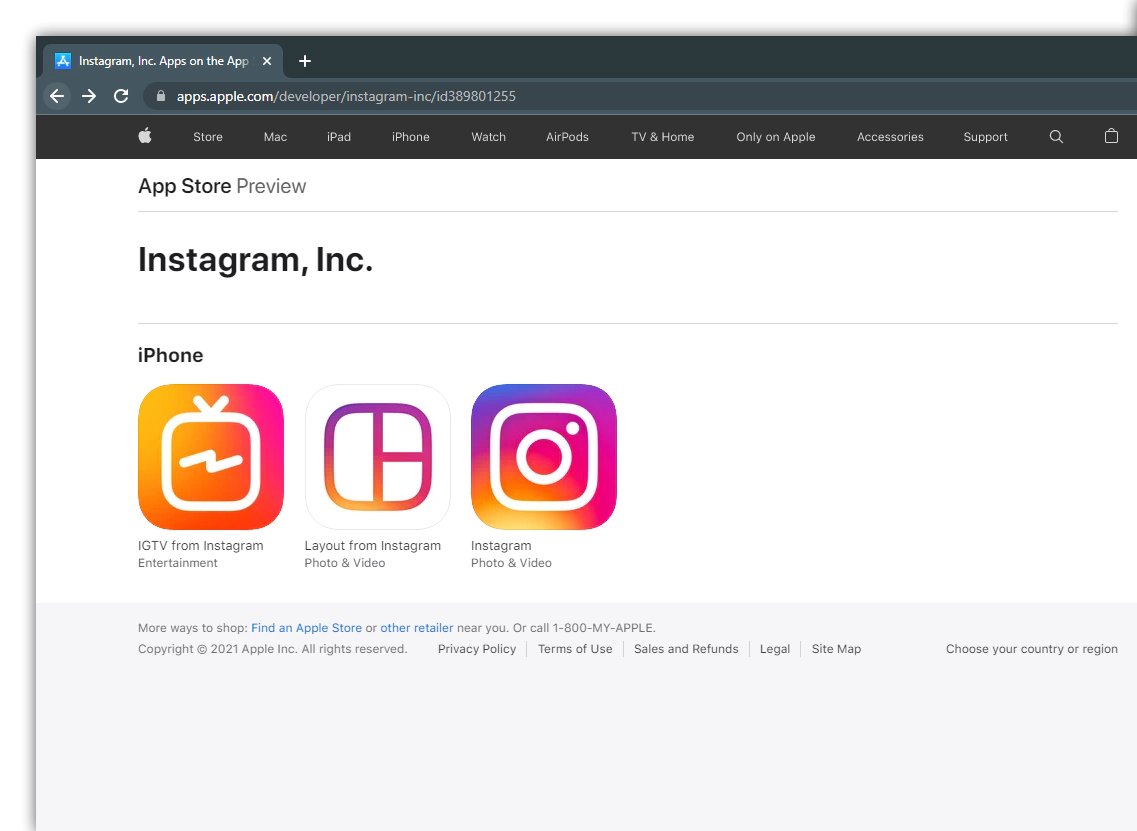
Making things too complex, people will get confused and flee. Making things too lean, people will not be satisfied.
This is what Meta experiences with its products. After "unbundling the big blue app", Facebook continues to grow by itself to a point that younger people see it irrelevant. Instagram, which the company also owns, quickly took off as the most popular photo- and video-sharing app.
But things over there again become cluttered.
This is why Instagram created Boomerang and Hyperlapse, in order for Instagram to do what it does best, and let the two do what it should.
But no, things get confusing there as well, but not because of the too many features, but because of redundancy of having too many things at the same time.
This is why Instagram is saying goodbye to not only IGTV, but also its dedicated Boomerang and Hyperlapse apps.
To show what it meant, the company has removed both Boomerang and Hyperlapse from Google Play Store and Apple App Store.
And it did that quietly after March 1st.
Meta said that Instagram pulled the software to "better focus [its] efforts on the main app."
The removal isn't exactly surprising.
When Instagram launched Hyperlapse in 2014 and then Boomerang in 2015, Instagram wanted users to be able to create timelapse and looping videos at a time when Instagram tried to keep its app relatively lean.
At the time, Instagram has become too complex, and with so many options available, that it was harder and harder for users to find the elements best suited to their interests at any given time.
Also, many phones at the time weren't able to keep up with the features' requirements to work, particularly given the lesser performance of some smartphone cameras at the time.
Fast forward to 2022, Instagram aims to dominate the industry with Snapchat-like Stories and TikTok-style Reels, both Boomerang and Hyperlapse have become just camera options.
And not just that. As smartphones have become way more powerful, there's little need for standalone apps revolving around single features.
With engagement in short-form video rising, it makes sense for Instagram to re-focus on what’s working, and streamline its systems around this element.


"We've removed support for the standalone Boomerang and Hyperlapse apps to better focus our efforts on the main app," a Meta representative said.
"Boomerang is still supported in-app in Stories, and Layout remains a standalone app in the Store. We'll continue working on new ways for people to be creative and have fun on Instagram."
The trends here show that things are changing.
Previously, people flee because of the complexity of apps make things too dull and boring.
This is why straightforward apps like Instagram and TikTok quickly took off.
But when smartphones become much more powerful, users realize that too many features on an app may not matter much, as long as the features are trending, and simple.
This is why Instagram is abandoning Boomerang and Hyperlapse, during the time Meta is trying to integrate a flurry of features into one app.
Let history repeat itself. But this time, Meta is not Facebook.